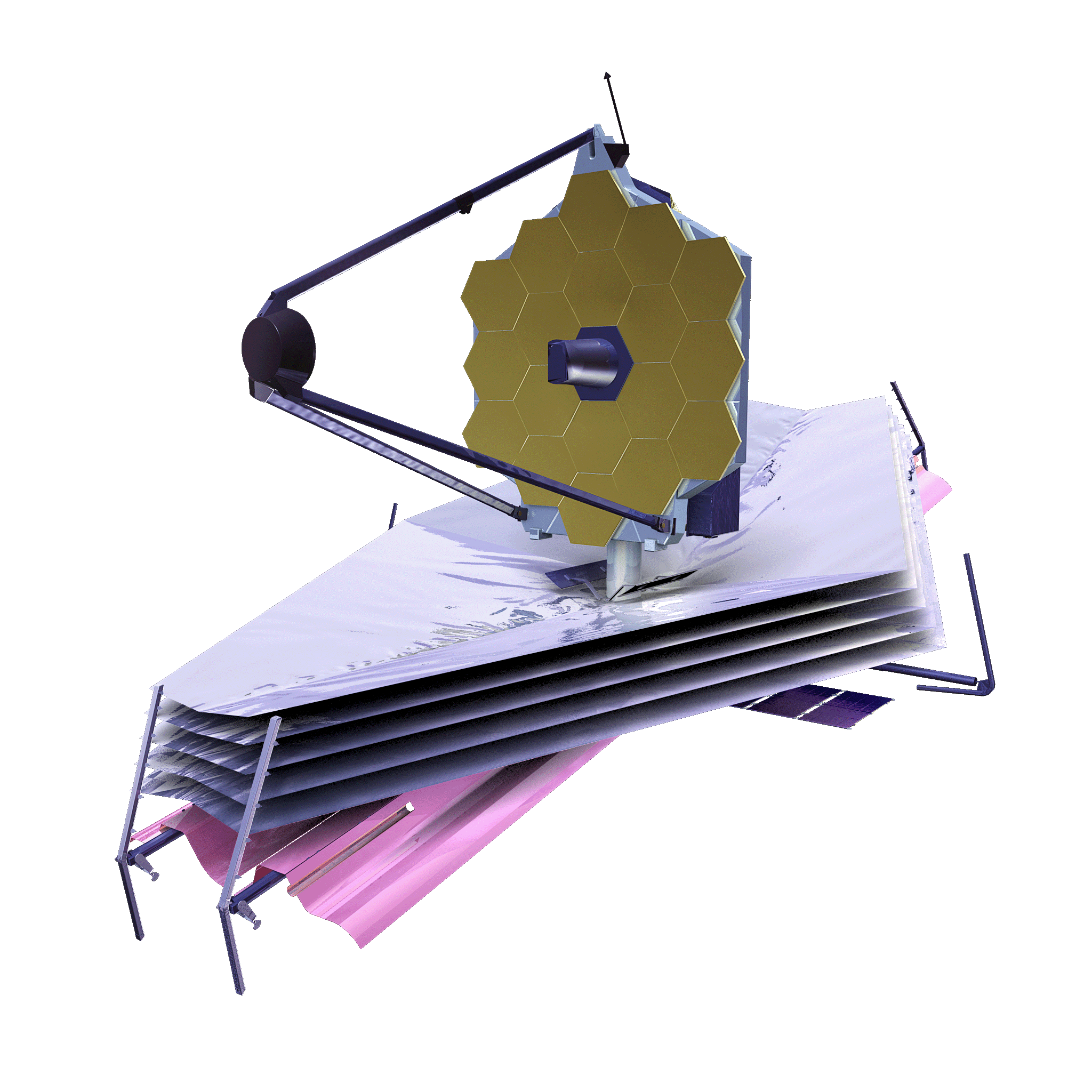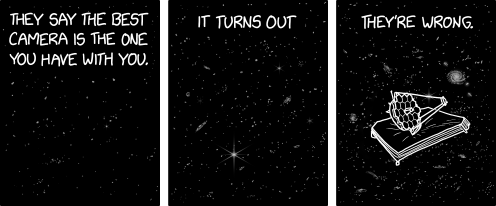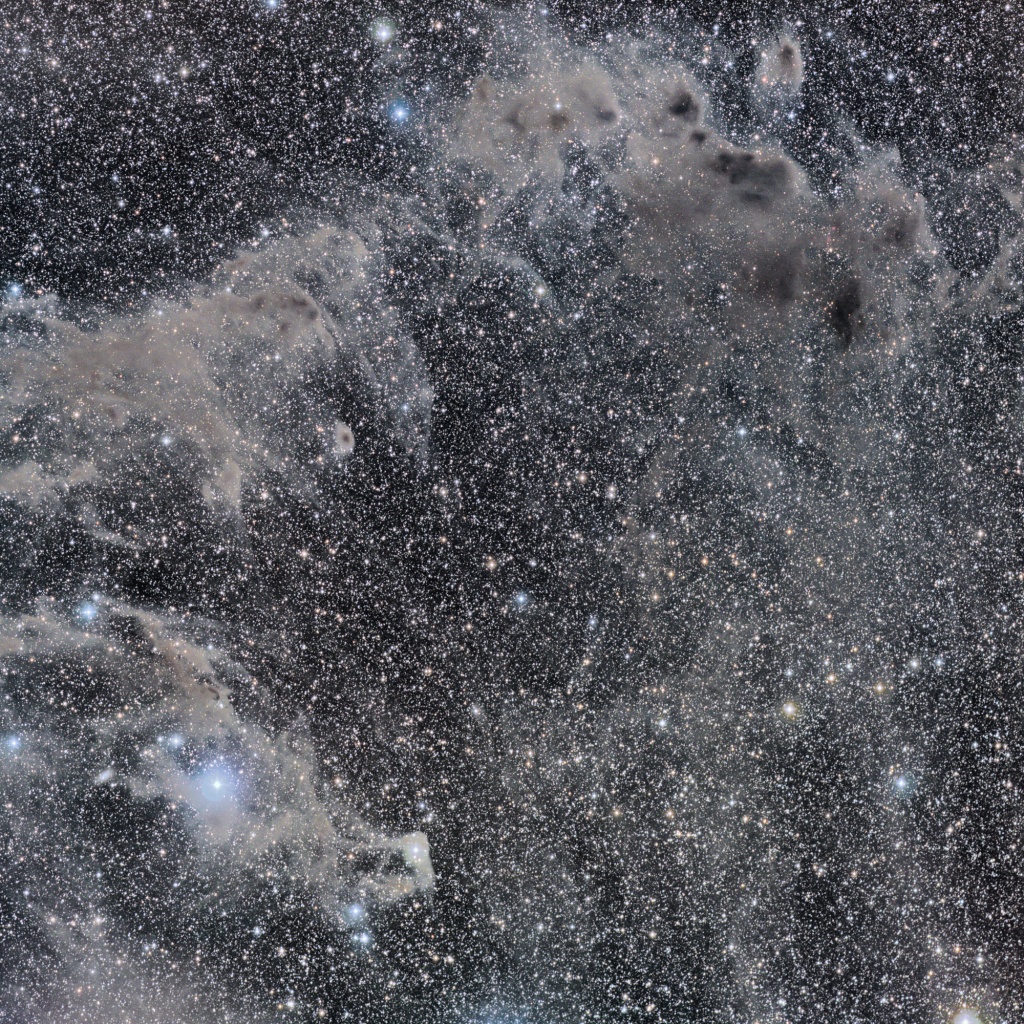JWST#
Introduction
Topics
Introduction
Difficulty: 🟢
Status:
- 🔥
Needs: 🏸 - 💏
Read time: 5 min
Page 1
Difficulty: 🔴
Status:
- 🔥
Needs: 🏸 - 💏
Read time: 1h
Page 2
Difficulty: 🔴
Status:
- 🔥
Needs: 🏸 - 💏
Read time: 1h
Page 3
Difficulty: 🟡
Status:
- 🔥
Needs: 🏸 - 💏
Read time: 5 min
✨
James Webb Space Telescope
Scientific instruments#
Infrared telescope
Comparison#
Let’s see how different instruments give different results by comparing two of them targeted at the same region.
We will observe the Pillars of creations, one of the most famous astronomoical images.
Located in the eagle nebula, they are an active region of star formation.


Science Programs#
Early Release Science Program#
ERS is made of 13 projects covering six science categories:
- Galaxies and Intergalactic Medium
- Massive Black Holes and Their Host Galaxies
- Planets and Planet Formation
- Solar System
- Stellar Physics
- Stellar Populations
Ice age#
Litterature Review#
- [1]
Links
Prior to JWST, chemical assays of cloud ice have been limited to regions with visual extinctions below AV ≈ 50 mag. Here ice observatoin at mag 60 is achieved within the chameleon MC
- Observed region: dense lines of sight just outside the infalling envelope of a class 0 protostar, Cha MMS1 in the low-mass star-forming region Chameleon I
ERS Talk Helen#
- Date: 22/11/2022
As of today, we have 137 papers related to JWST science but only 2 that relates to ice chemistry, highliting the complexity of dealing with ice
Note
- define Jansky - star brightness
- How do they relate to Av (Extinction)
Obervations gives us the following information:
- How much ice
- What type - link to my PhD
- Where is it
JWST capabilities gives us new capabilities to answer those questions
Intersting new features#
- Isotopic composition of the ice is accessible ! (12/13 C)
- Dangling OH are also resolved - link toward PhD
Grain growth influencing Band shape#
- Find Dartois/Noble article
PHANGS#
had to do with PAH





